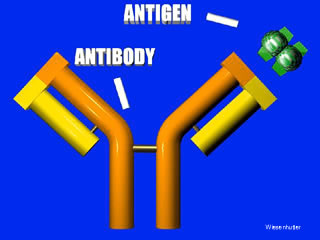U.C.L.A. Rheumatology Pathophysiology of Disease Course Lecture,
Second Year Medical School 1997
Introduction
written by:
Peng Thim Fan, M.D.
and Craig Wiesenhutter,
M.D.
Systemic lupus erythematosus (SLE), rheumatoid arthritis (RA), and ankylosing spondylitis (AS), are three important arthritic diseases which demonstrate distinct differences in pathophysiology and pathogenesis, and result in correspondingly different clinical features.
All three diseases have the following characteristics in common:
1. They are all chronic diseases of unknown etiology and they have a typically relapsing and remitting clinical course. The factors responsible for spontaneous improvement and exacerbation are poorly understood.
2. They possess immunologic abnormalities, either as a disordered response to the external environment or as an alteration in the normal state of immunoregulation. These abnormalities are distinctly different among the three diseases and the resultant pathologic changes provide an understanding of their different clinical features (figure 1).

Figure 1. Antibody and Antigen combine to form immune complexes. 360 x 240 pixels 15kbs